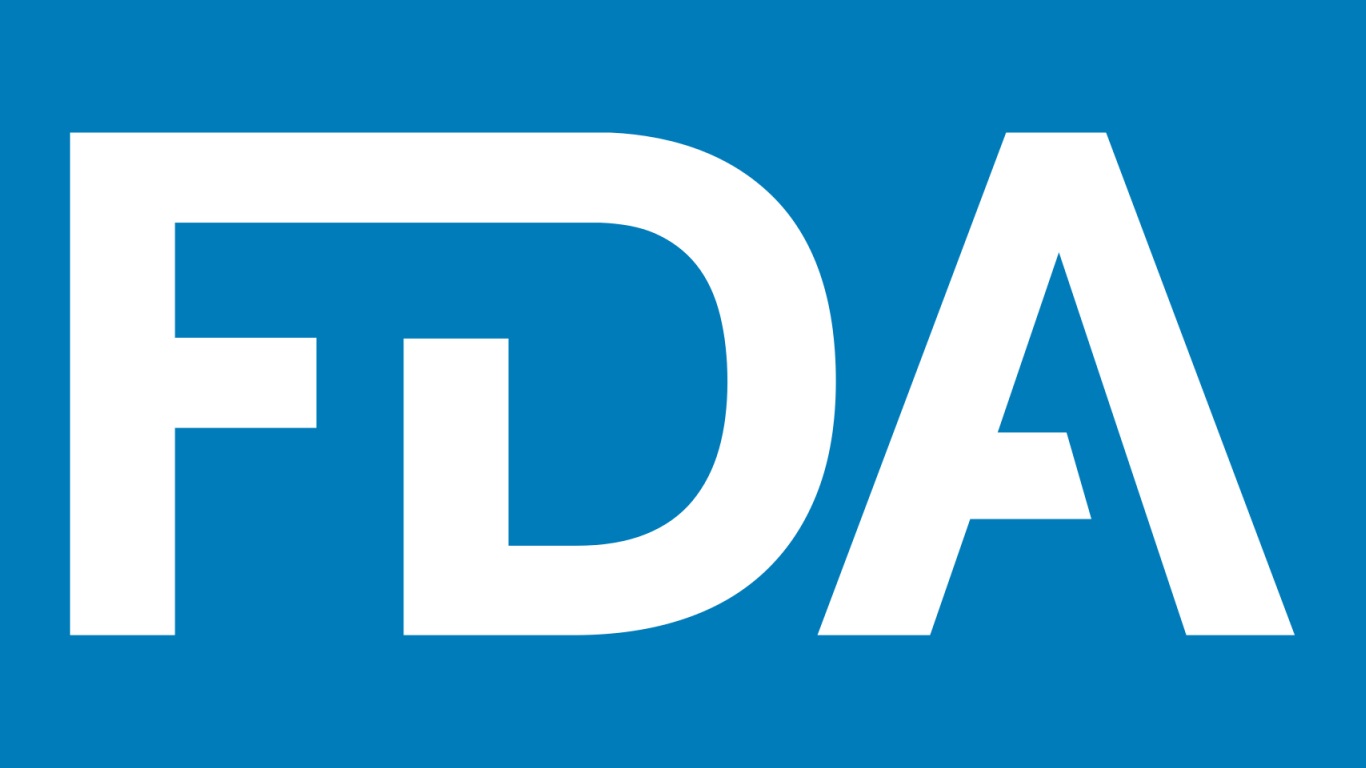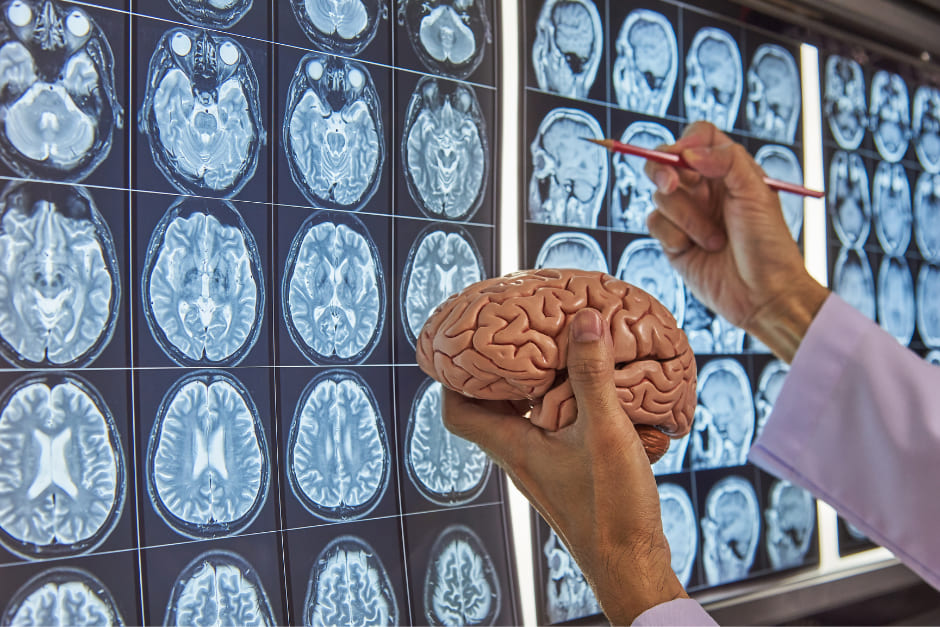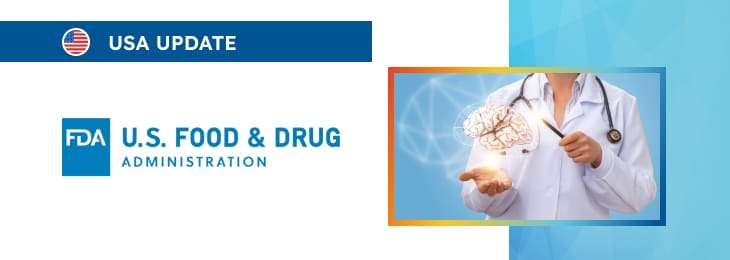The new article provides further clarifications regarding the clinical follow-up and supervision to be conducted by the parties responsible for clinical investigations.

Table of content
The Food and Drug Administration (FDA or the Agency), the US regulating authority in the sphere of healthcare products, has published a guidance document dedicated to considerations for long-term clinical neurodevelopmental safety studies in neonatal product development. The document provides an overview of the applicable regulatory requirements, as well as additional clarifications and recommendations to be taken into consideration by medical device manufacturers, as well as the parties responsible for clinical studies (sponsors) in order to ensure compliance.
At the same time, provisions of the guidance are non-binding in their legal nature, nor are they intended to introduce new rules or impose new obligations. Moreover, the authority explicitly states that an alternative approach could be applied, provided such an approach is in line with the existing legal framework and has been agreed with the authority in advance.
The importance of considering long-term neurodevelopmental safety in neonatal product development plans is one of the key focus areas of the present FDA guidance. In particular, sponsors are urged to initiate communication with the relevant FDA review divisions as early as possible to ensure alignment on the proper approach for conducting long-term safety evaluations.
These evaluations are vitally important for understanding the potential neurodevelopmental risks associated with medical products designed for neonates.
Determining the Need for Long-Term Neurodevelopmental Safety Evaluations
According to the guidance, before proceeding with the development of a medical product for neonates, sponsors must evaluate whether long-term neurodevelopmental safety assessments are necessary. This process should begin in the early stages of product development and be reassessed continuously as new information and data become available.
Various factors need to be considered when making this determination, which are discussed in the following subsections.

General Considerations
Several general factors can inform the need for long-term neurodevelopmental safety evaluations, including the extent and nature of the exposure of neonates to medical products.
- Central Nervous System (CNS) Exposure
Regardless of the route of administration, any medical product can result in systemic exposure, potentially affecting the CNS. The degree of CNS exposure is often correlated with systemic exposure, and higher levels of systemic exposure are generally associated with an increased risk of long-term neurodevelopmental consequences.
Early pharmacokinetic or animal studies should quantify these exposure levels, as they can provide valuable insights into whether long-term safety assessments are necessary.
- Timing of Exposure
The timing of exposure to a medical product is a critical consideration, particularly when it occurs during vulnerable stages of organ and tissue development. The specific timing of exposure can guide the decision on whether long-term safety assessments are needed and what form these assessments should take.
- Duration of Exposure
The risk of long-term neurodevelopmental sequelae can increase with repeated or prolonged exposure to a medical product. However, even single doses or short durations of exposure might warrant long-term evaluations depending on other factors outlined in this guidance, such as the timing and degree of CNS exposure.
Patient and Population-Specific Considerations
As further clarified by the FDA, understanding the characteristics of the neonate population is critical when determining the need for long-term safety assessments. Neurodevelopmental vulnerability varies widely among neonates, particularly depending on factors such as gestational age and the specific condition under study.
- Neurodevelopmental Vulnerability
The anticipated rates of developmental, sensory, and behavioral impairments in neonates tend to be inversely related to their gestational age and birth weight. Additionally, certain congenital or acquired conditions may result in heightened vulnerability to neurodevelopmental issues.
Sponsors must stay informed on the latest data regarding long-term neurodevelopmental outcomes for the specific population they are studying.
- Disease State Characteristics
Some diseases or pathological conditions increase the risk of adverse neurodevelopmental outcomes due to factors like compromised blood-brain barrier integrity or altered cerebral blood flow. For instance, conditions such as meningitis, hypoxic-ischemic encephalopathy, or perinatal arterial ischemic stroke present unique risks.
Sponsors must address these disease-specific vulnerabilities when designing their neurodevelopmental safety evaluations.
Product-Specific Considerations
The nature of the investigational medical product itself also plays a pivotal role in determining the need for long-term neurodevelopmental safety assessments. This includes considerations related to nonclinical toxicity, clinical pharmacology, and clinical experience.
- Nonclinical Toxicity
Nonclinical studies are crucial in evaluating the potential adverse effects of medical products on the developing CNS. These studies typically involve pre- and postnatal development studies and, when appropriate, embryo-fetal development or juvenile animal studies.
Such studies help identify both the intended and unintended effects of the product, offering insight into its safety profile in neonates and infants. However, due to the complexity of CNS development, data extrapolation across species is challenging, and nonclinical studies may not capture all possible neurological effects.
Consequently, a lack of adverse effects in these studies does not necessarily guarantee safety in neonates. The FDA encourages the use of alternative methods to animal testing where possible, in line with the principles of the 3Rs (replace, reduce, refine).
Sponsors should engage with FDA review divisions when considering non-animal testing methods, especially those aimed at characterizing neurodevelopmental toxicity.
- Clinical Pharmacology
The mechanism of action, target organs, disposition, and tissue distribution of a medical product can raise concerns regarding long-term neurodevelopmental safety. Products known to penetrate the CNS of neonates, for example, often necessitate long-term safety evaluations. Developmental changes in drug-metabolizing enzymes, transporters, and renal function during the neonatal period can also affect exposure levels, further underscoring the need for careful consideration of clinical pharmacology in long-term safety assessments.
- Clinical Experience
Data from the use of a medical product in other populations, such as older pediatric or adult patients, can inform discussions on potential toxicities and the need for follow-up in neonates. However, the absence of safety signals in these populations does not rule out the possibility of adverse effects in neonates. For novel medical products designed for neonatal conditions, there may be no available safety data from other populations, making comprehensive neurodevelopmental evaluations essential.
- Route of Administration
The method of product delivery, such as repeated intramuscular or subcutaneous injections, should be considered for its potential impact on neurodevelopment. For example, repeated injections could cause pain, which may influence neurodevelopmental outcomes in neonates.
- Product Components
When assessing neurodevelopmental toxicity, it is crucial to consider not only the active pharmaceutical ingredient but also excipients and impurities. Substances such as ethyl alcohol, benzyl alcohol, or heavy metals may have neurotoxic potential. For medical devices, a biocompatibility evaluation should assess the potential for adverse responses resulting from the materials used, as these may come into contact with human tissues.
Conclusion
In summary, this guidance outlines the essential considerations for determining the need for long-term neurodevelopmental safety evaluations in neonates. It stresses the importance of early planning, considering various product-, patient-, and population-specific factors. These long-term safety assessments are crucial for understanding the full range of risks that medical products may pose to neonates, helping to ensure the safe development and use of these products in this vulnerable population.
How Can RegDesk Help?
RegDesk is an AI-powered Regulatory Information Management System that provides medical device companies with regulatory intelligence for over 120 markets worldwide. It can help you prepare and publish global applications, manage standards, run change assessments, and obtain real-time alerts on regulatory changes through a centralized platform. Global expansion has never been this simple.

